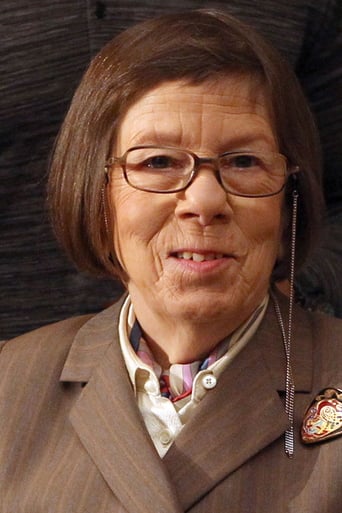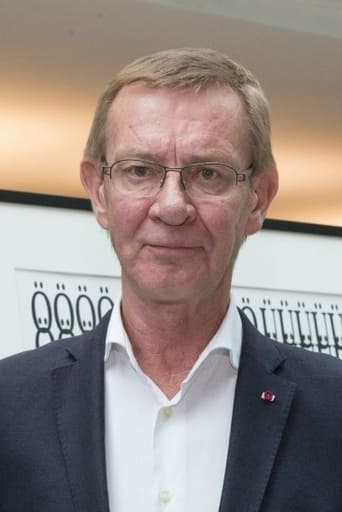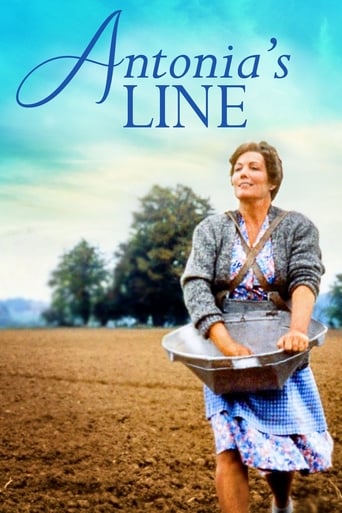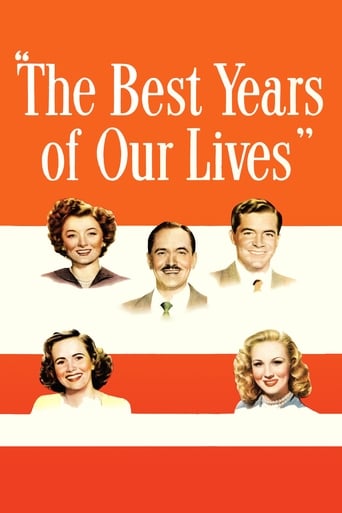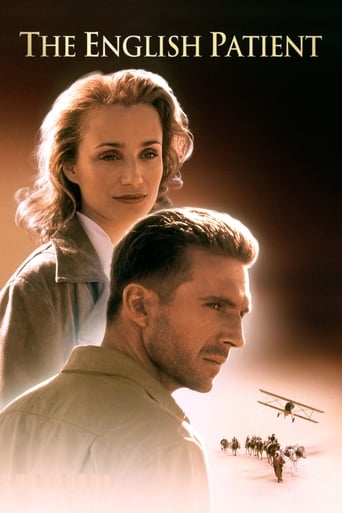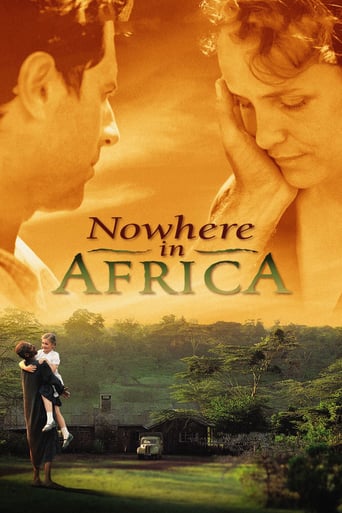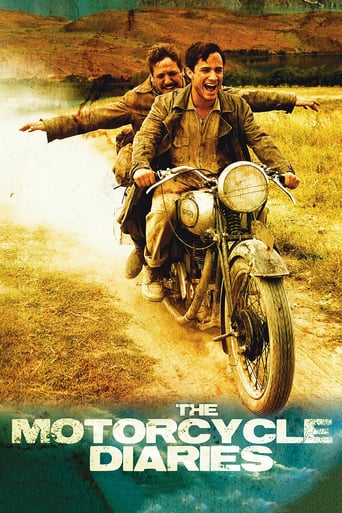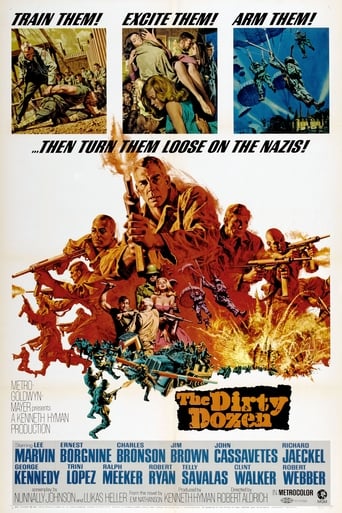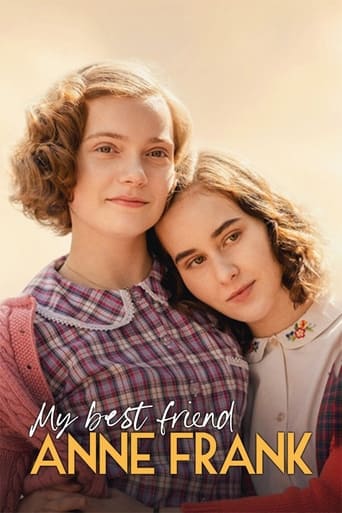
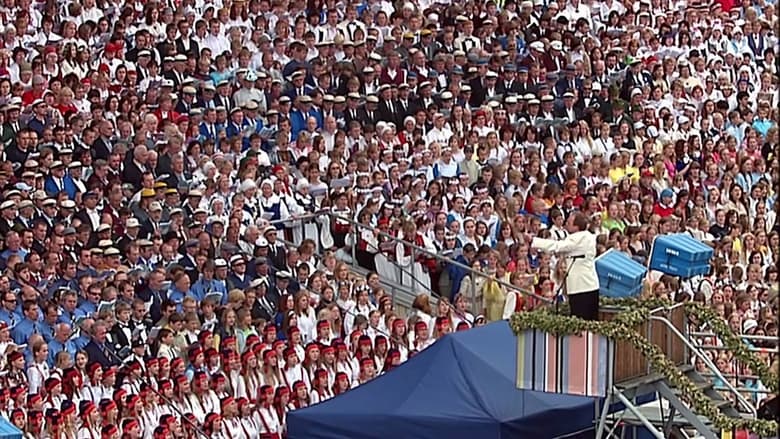
The Singing Revolution (2006)
Most people don't think about singing when they think about revolutions. But song was the weapon of choice when, between 1986 and 1991, Estonians sought to free themselves from decades of Soviet occupation. During those years, hundreds of thousands gathered in public to sing forbidden patriotic songs and to rally for independence. "The young people, without any political party, and without any politicians, just came together ... not only tens of thousands but hundreds of thousands ... to gather and to sing and to give this nation a new spirit," remarks Mart Laar, a Singing Revolution leader featured in the film and the first post-Soviet Prime Minister of Estonia. "This was the idea of the Singing Revolution." James Tusty and Maureen Castle Tusty's "The Singing Revolution" tells the moving story of how the Estonian people peacefully regained their freedom--and helped topple an empire along the way.
Watch Trailer
Cast


Similar titles
Reviews
Between Nazi occupation and decades of Soviet occupation, the Estonians had no weapons with which to resist the Soviet Army. Yet they didn't quit.Two incidents from the movie got me very emotional-- The first was when a crowd from the Russian ethnic minority (who acted like aristocrats within Soviet Estonia and the Estonians should kiss their necks) stormed a government building. This Russian mob was intent on going in and grabbing the leaders of the Estonia-Independence movement. Then an Estonian man got on the radio, throngs of Estonians came, and suddenly the Russians found themselves completely surrounded. Both sides were expecting fighting to break out, and both sides knew that the Soviet Army would use this as an excuse to attack Estonians. But then the Estonian crowd pulled apart, forming a road, and the Russians were able to leave unmolested.The second incident that moved me deeply was when Soviet troops moved into Estonia, and they were trying to attack a TV tower. Estonians showed up, linking arms, and faced the Russian tanks. The Estonians knew that if the tanks rolled, or the Russians' machine guns fired, that they would die painfully -- and yet they filled up the road to the TV tower, and stared into the faces of the Russian tankmen. That is BRAVE.This is a feel-good movie, and it's all 100 percent true. See it, and tell your friends to rent it.
THE SINGING REVOLUTION has the tag line: "A single nation. A million voices. The fall of an empire." Yes, it is a historical and real life story of the Estonians, having been under the oppression of Soviet occupation since WWII, tenaciously hanging on to their hopes and dreams of one day being an independent nation on their own again with no more foreign control. In 1991, Estonia finally gained their freedom. We are privileged to witness the Estonians' amazing historical journey that filmmakers James and Maureen Castle Tusty so thoughtfully compiled and graciously shared with us. Many hours of detailed research and interviews with a lot of Estonians involved in revealing their personal stories. The documentary is a 'must-see', including the bonus 'backstory' about how this film came to be from the viewpoint of the filmmakers. Narrator is Linda Hunt ("The Year of Living Dangerously" 1982, with Mel Gibson and Sigourney Weaver). Historical truth: Chapter 2 (at 1947's song festival under Soviet rule): We see a sea of faces, mouths opened wide, singing together: "Land of my fathers! Land that I love!" Venno Laul, a conductor, talked about the music event: "(but) it was, and still is, primarily an opportunity to experience that we are Estonians. We have a strong culture. We are one nation. We are so few in number that we must emphasize that we exist."Unity in singing: Chapter 3 and Chapter 6 (the 1969's 100 anniversary of the Estonian tradition of song festivals, and repeated at the summer of 1988 at Tallinn's song festival event, still under the eyes of the Soviets): People with hands holding hands straight up in the air, swaying with the singing of the (1947) 'national Estonian anthem': "Estonian I am, and Estonian I will be, as I was meant to be." "Estonian is a proud and good thing to be. Just like my great grandfathers - free." Heinz Valk, an artist, recounting the late '80s: "I was so inspired by those nights Until now, revolutions have been filled with destruction, burning, killing, and hate, but we started our revolution with a smile and a song. Each person could go to work the next day knowing that the Estonian spirit survives" " the main purpose of which really was to come together as a nation, and sing this one forbidden song."Hopes and Dreams: We are taken through 'perestroika' period; the 'first' speaking out demonstration at Hirve Park; the establishment of The Heritage Society in 1987 and subsequent organized demonstrations. The gradual soaring of Estonian spirits we continue to feel for, through black and white archive footage as well as present day Estonian events in color, as they persistently discovered the fuel for change: "being together, singing together is their power."You need not worry about the amount of talking heads / interviews on screen - the well-paced 96-minute documentary film is not at all stuffy with historical discussions - yes, devastating and touching accounts we will see and hear, like the Siberian camps (Gulag), Forrest Brothers resistance defiance, yet we actually get to hear millions singing melodic songs in Estonian, with live archive footage of people/women in their Estonian national costumes, younger sets in rock and roll gears, citizens in everyday clothing, all coming together in unison singing together with immeasurable hope and strength year after year. I noticed a brief inclusion (towards the end of chapter 3: Post WWII 1945-1969) of school boys in a hall singing / practicing a song (in Estonian) a rather familiar tune, with teacher (in jeans) on stage snapping his fingers and swaying in rhythm (I did, too - humming along that catchy tune and realized moments later with a smile that it's a Cliff Richard hit in the sixties, "Lucky Lips"!) I appreciate the ending credit roll that included pictures of key persons with brief captions about each, while the Estonians' voices swelling in the background, and we are so happy for the independent nation of Estonia. See this film and visit its official Web site for more at 'singingrevolution.com'.
I'm pretty generous with films which I like -- if I'm really enjoying something, I'll usually give it a 10. Some people save 10 for that rare film that comes along every couple of years, and I wish I did that, so I could bestow a rare 10 on this film. But, 10 is as high as it goes.I saw it at Cinema Sundays at the Charles, here in Baltimore. As the director, who presented the film, said about persuading people to see the movie, "Let's see, it's a film about a singing revolution in Estonia, what shall we do instead?" But, he said, once people see it they love it. Certainly we did -- there was applause for two-thirds of the credits, and then a long, partially standing, ovation for the director after the credits were over.The film opens with history -- the Soviet occupation of Estonia under Stalin, then the Nazi occupation, then after that the Soviets again.Then it goes to the present day -- a man is conducting what seems to be a chorus of thousands of people, of all ages, in a song -- the subtitles tell you it's a patriotic song. The shots of the faces of the singers and the audience are warm and moving -- most of the people are smiling --some in the audience are holding back tears. The physical beauty of the people and the setting, combined with the welling voices and harmonies, are powerful, entrancing.The movie then describes, through incredible archival footage combined with interviews with people who participated on various sides, Estonia's use of song and non-violence to precipitate the downfall of the Soviet Union.This is a story and a half -- and it's much more powerful because you know, incredibly, it really happened. This is a story of people who, after thousands of years on the land, were occupied by Germany in the 1200s and were essential serfs for 600 years. In 1869 their awakening nationalism led to the first singing festival (Laulupidu).In 1918 the country declared independence, but after about 20 years the land was again occupied, this time by Bolsheviks. The land was then briefly occupied by Nazi Germany, and then became part of the Union of Soviet Socialist Republics.In 1947, the Singing Festival was reborn. To mark the occasion, a composer wrote a tune for a patriotic poem, which translates as "Land of my fathers, land that I love" in English, and it became a musical symbol of the desire for independence of the Estonian people. But in 1969, the 100th anniversary of the singing festival, the Soviets forbade the singing of "Land of my fathers." Nevertheless, the choir, having sung their Soviet songs, refused to leave the stage, and 20,000 audience members began singing "Land of my fathers" in defiance of the authorities. Eventually the Soviets allowed the song's composer onto the stage to conduct the song, as though it was their idea all along.That act of defiance -- that singing of a song -- marked the start of a non-violent revolution which brought independence to Estonia and led directly to the breakup of the Soviet Union. The movie details the various times when things could have gone wrong -- the times when the Estonians might have gone too far and precipitated a bloodbath. But, through a combination of bravery and a stubborn refusal either to back down or provoke, Estonian nationalists created a unique revolution -- the Singing Revolution.This is a gorgeous story -- a story of persistence, bravery, sacrifice. This is a movie which will appeal to the Left and the Right. It's a movie which makes a case for nationalism. It's a movie which will inspire you.
"The Singing Revolution" (Estonian title: "Laulev revolutsioon") was screened in its Canadian Premiere as the main Gala film of the 3rd Annual estdocs Estonian Documentary Film Festival in Toronto on Sunday Oct. 21, 2007 at the Ontario Science Centre Auditorium.The evening opened with welcoming words from festival organizers Ellen Valter and Lia Hess and the introduction of film co-director Maureen Castle Tusty who explained that her husband and film co-director James Tusty was not able to make it to the Toronto screening as he was representing the film at its simultaneous Polish premiere at the Warsaw Film Festival. Maureen Castle Tusty then introduced former Estonian Prime Minister Mart Laar who was a special guest for the evening and who also played a prominent role in the events of the film during his early years in the Estonian Heritage Society.Even though the audience in the hall was a large cross-section of local Estonian-Canadians for many of whom the main events of the film were a well-known part of our recent international history, I think everyone was genuinely impressed by the high standard of care and craftsmanship that the filmmakers put on display in their film which was screened in a crystal sharp high definition image. The film delivers a lot of densely packed information on Estonia's recent history from the Communist/Nazi Molotov-Ribbentrop Pact of 1939 that effectively delivered Estonia into the repressive dictatorship of Joseph Stalin's Soviet Regime to the most recent Song Festival("Laulupidu") of 2004. More time is spent on the early years of the Russian occupation in the 1940's as it was then when the terror of the occupiers was at its fullest. The film then leaps ahead to the years of the mid to late 1980's when Mikhail Gorbachev's "perestroika" (economic restructuring) & "glasnost" (open-ness/free speech) opened the way for Estonian national movements such as the Estonian Independence Party, the Popular Front and the Estonian Heritage Society to test the limits that would be allowed before a further brutal oppressive crackdown began. Their steady probing and persistence made tiny Estonia a leading element on the way to the eventual breakdown and breakup of the Soviet empire. Along the way, the role of Estonian music in general and the ongoing National Song Festival in particular, are shown as a force that kept hope for independence alive from as early a date as 1947 when Estonian composer/conductor Gustav Ernesaks was able to sneak his song "My Fatherland is My Love" into the new Soviet Republic's first post-occupation Song Festival.Although the subject matter is overall one of a very serious nature there are still several moments of humour in the film such as one Russian babushka's complaints about how "I'm ashamed of Estonians, they are so sly. Face to face they're so nice to you, but they stab you in the back when you turn." Fans of the writers Andrus Kivirähk and Oskar Luts were also rewarded with anecdotes such as narrator Linda Hunt extolling the clever "Old Farmer of the Barn" (Estonian "Rehepapp" - also the title & subject of a recent novel by Kivirähk) as the Estonian national hero in place of conventional mythological warriors and conductor Tiia-Ester Loitme lamenting the loss of her balloon in the Song Festival Parade with the words "Minu nunnu lendas minema!" ("My precious has flown away!") (this last one evokes Luts' immortal comic play "Kapsapea" ("The Cabbage Head"). It was a pleasure as well to hear Popular Front leader (& otherwise artist/cartoonist) Heinz Valk tell the stories of how he coined the phrases "Laulev revolutsioon" (Singing Revolution) and "Ükskord me võidame niikuinii!" (One day, we will win regardless!) with which he forever afterwards had to end his speeches, to audience shouts of "Say it Heinz! Say it!!". So there were many subtle chuckles to be enjoyed from the movie also.The 475-seat hall was totally sold out for the occasion and the film was warmly received with a unanimous standing ovation at its conclusion. I'll admit to a huge personal bias here because of my Estonian heritage, but I find it hard to believe that anyone who supports movements of self-government and national independence and basic human rights in this day and age would not be moved by this wonderful film. Thanks to Maureen and James Tusty for their vision and their efforts to bring this story to the screen and to the world.Oct. 28, 2007 Update: The 3rd Annual estdocs Festival ended on Oct. 26, 2007 and it was announced that "The Singing Revolution" won both the Audience Favourite and the Jury Prize for the week-long festival.


